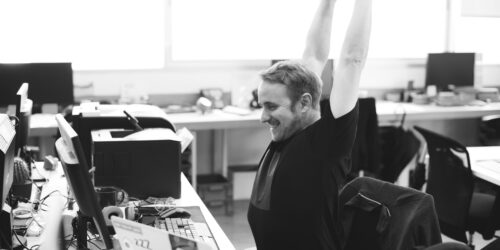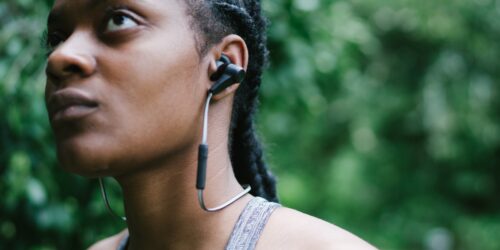We’re Losing Balance as We Age—Here’s What We Can Do About It

We often use the term balance to describe both our emotional and physical wellbeing. There is the intangible form, the magic mix of where we focus our time, energy, and efforts. This kind of balance tends to naturally improve with age as we learn to better manage our time, recognize the brevity of life, and see more value in meaningful relationships. Our physical balance, on the other hand—our level of coordination and ability to remain upright—tends to decrease as we age. Since imbalance can lead to injury or worse, it becomes increasingly important to maintain our physical health.
Incorporating a variety of healthy habits will help to improve your balance and promote longevity. First, it’s important to understand the root cause of a decline in balance. As we age, our vision, muscle strength, and sensory perception deteriorate. When we make it a daily habit to challenge ourselves both physically and cognitively, that deterioration is greatly slowed.
Bone Density
Even if your diet consists of whole, nutrient-dense foods, chances are you still need to supplement certain essential vitamins and minerals that support bone density and cellular health. Start with bioavailable forms of the following:
- Calcium – necessary to build and maintain strong bones; supports a healthy heart, nervous system, and muscular system
- Magnesium – proven to help prevent osteoporosis, increase energy, and relieve muscle aches and pains
- Vitamins C & D – known to have benefits beyond bone health, including protecting against cancer and diabetes
Physical Activity
Movement is essential to whole health. Coordination, flexibility, mobility, and stability—all of which are improved by physical activity—are key elements of balance. A strong body is a healthy body!
Yoga has innumerable benefits to the mind, body, and spirit. Whether moving, transitioning, or adjusting in this bendy practice, the body is constantly challenged to find balance. The great thing is that it doesn’t require an expensive membership to reap the benefits! Below are a few poses that you can do in the comfort of your own home to improve muscle tone and increase core strength:
- Utkatasana / Chair Pose

- Vrksasana / Tree Pose
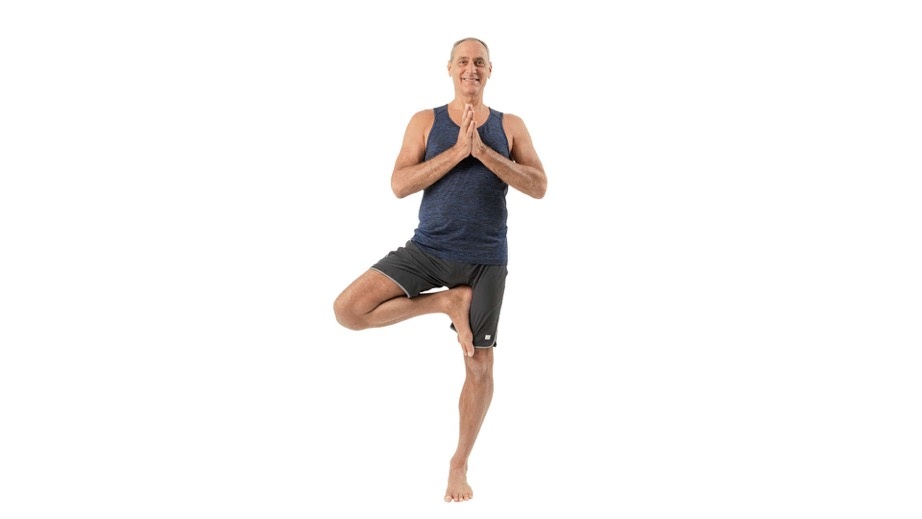
- Parighasana / Gate Pose

- Garudasana / Eagle Pose
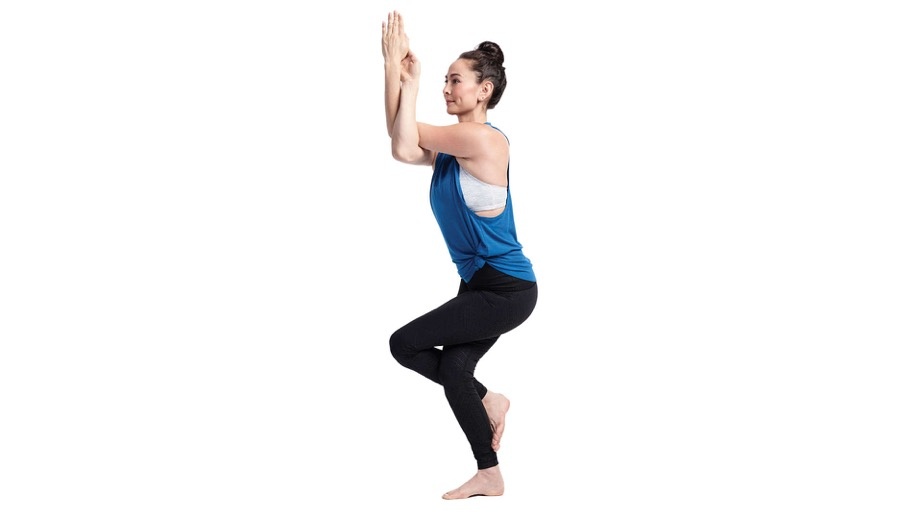
- Parivrtta Trikonasana / Revolved Standing Triangle
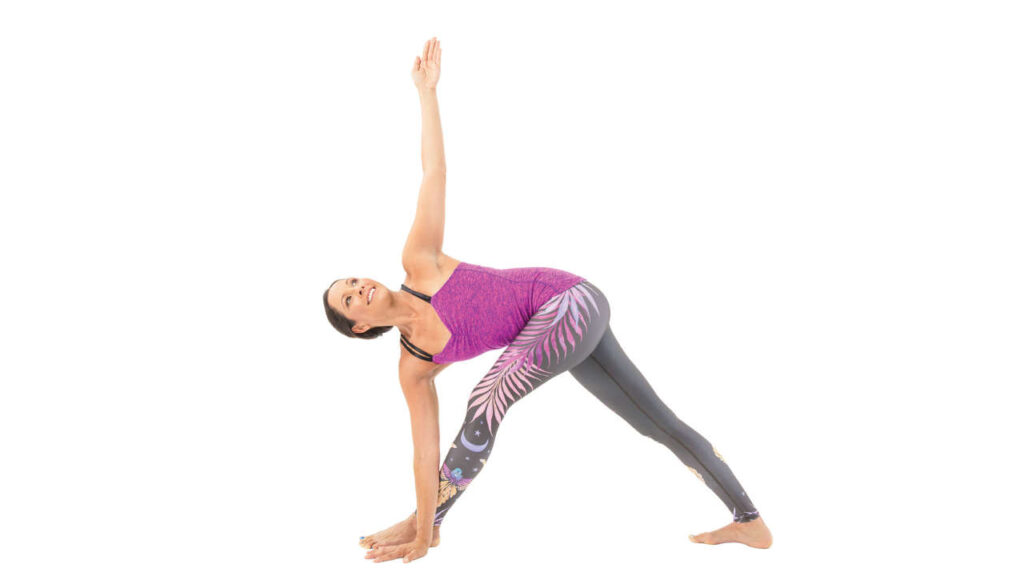
- Virabhadrasana / Warrior 1
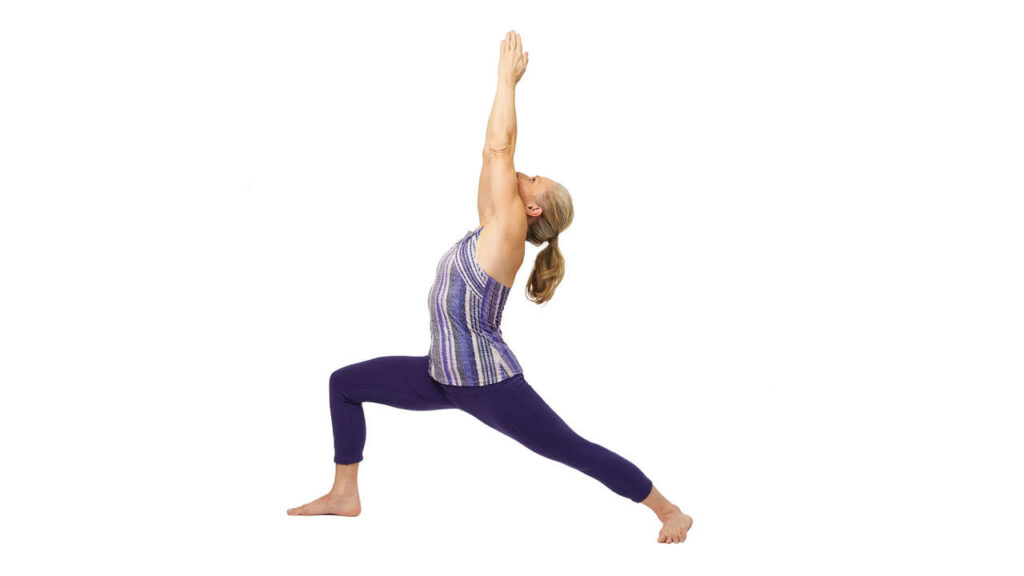
(Images via Yoga Journal)
Posture
Whether you’re standing to wash dishes or busy at work in the office, it is important to be mindful of your posture. As most of us work long hours and often find ourselves slumped over a keyboard or smart phone, healthy posture is increasingly difficult to maintain. To do so, you will need to have strong postural muscles and overall awareness of your body positioning.
Among many things, good posture slows the natural wear of our joints, decreases undue stress on ligaments, and prevents fatigue as muscles are used more efficiently. As far as physical appearance goes, you’ll appear more alert and professional when you’re sitting tall and strong. Win, win!
Balance in the Workplace
FluidStance decks bring natural motion to an otherwise still environment. Adding to their total body benefits, 83% of users reported being happier and 76% more comfortable, all while remaining focused on the task at hand. If you don’t have the opportunity to stand, an exercise ball will also challenge you to stabilize your core and improve balance.
Here are a few tips to maintain balance throughout the day:
- Move frequently. It takes muscle strength to sit and stand! Every hour, step away from your desk to do squats, jumping jacks, or even a simple stretch.
- Whenever possible, take the stairs instead of the elevator.
- Shoot for 10,000 steps per day.
As with anything else, finding balance takes practice. Be consistent in your efforts and realize that seemingly small changes add up!



